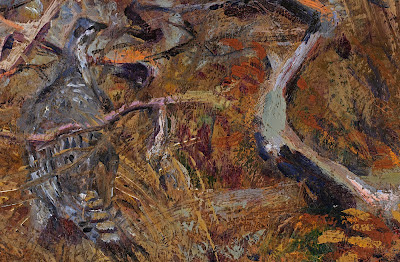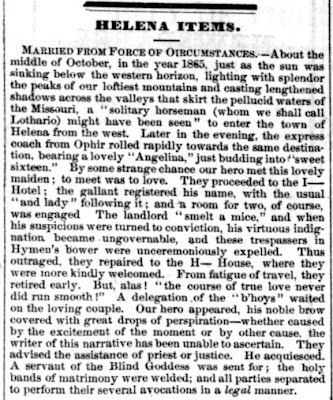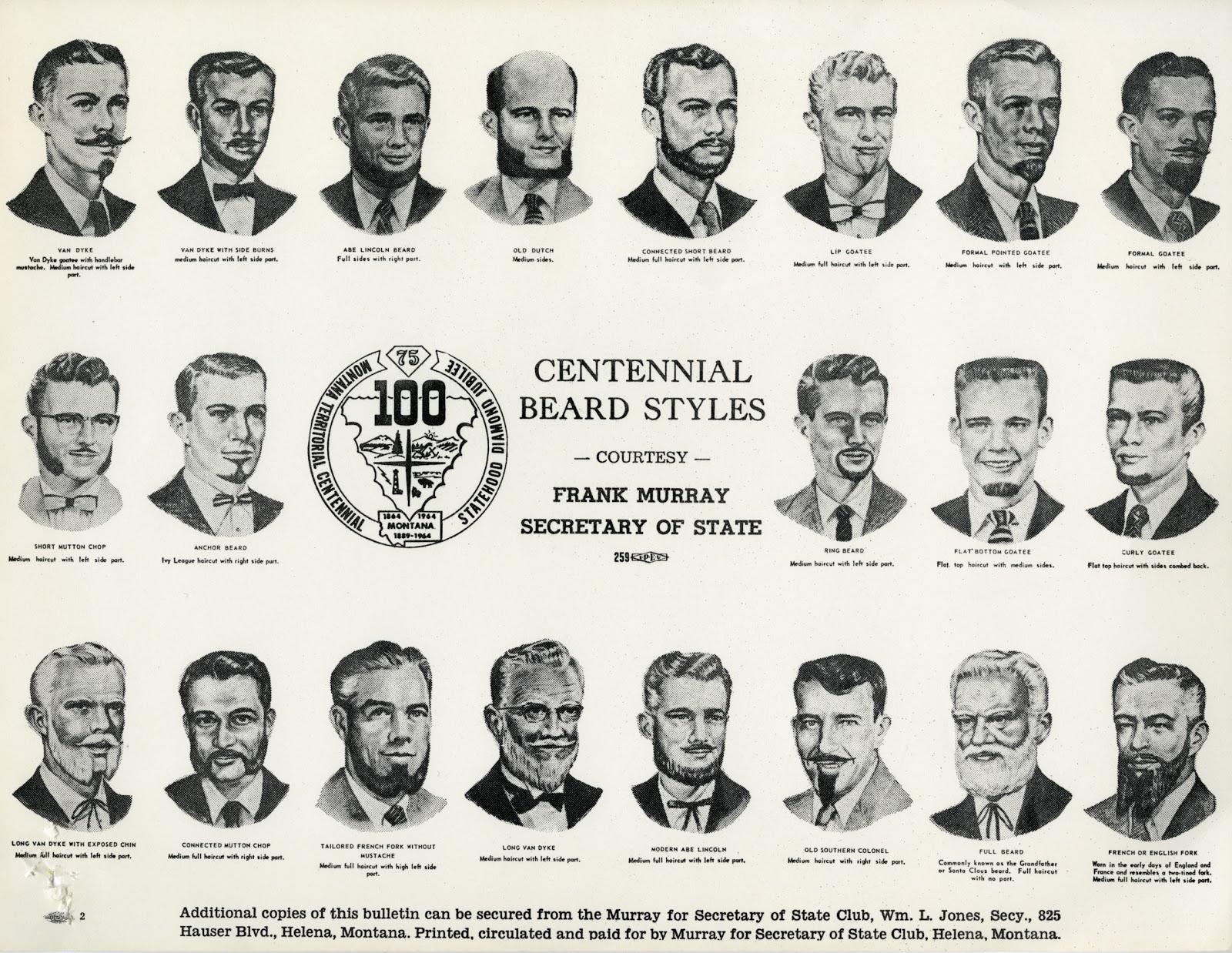By Kathryn Kramer
Archivist, Montana Historical Society Research Center
One morning in September, Rich Aarstad, our Senior
Archivist, handed me a wrinkled white trash bag with a sad, dirty pile of
papers and envelopes in the bottom and told me to find out what was in it. All I knew then was that the papers had
been described on the donation intake form as “1 bag
correspondence—1940’s-1950’s Kathryn Teakles”—and that these papers looked like
an asthma attack waiting to happen. Thankfully,
I don’t have asthma. I launched myself into the task, and soon, the large green
table I call a desk was all but covered in chronological piles of dirty little
envelopes with neatly written addresses and faded stamps and stickers, and my
hands were covered in a thick layer of dust that turned the water in the sink
brown when I washed them. With each
letter I unfolded, a puff of dust would rise into the air, disturbed by the
movement of the paper. I wised up pretty
quickly, and took to cleaning each letter with a soft-bristled brush both before
and after I opened it.
 |
| Letter from Valerie (James' girlfriend and future wife) to Kathryn Teakles. |
An archivist does not sit down and read everything in a collection, even when
she kind of wants to—there’s simply no time for that when nearly every research
center and archives in the world has a mile-long backlog of unprocessed
collections. My job wasn’t just to put
the letters in order, though; I would also need to take inventory and describe
them for the research center’s records.
As well as noting the names of senders and glancing over opening lines,
I picked a few letters from each year at random to read in whole, sometimes
searching out more when some interesting event seemed to have occurred. Slowly, a story began to emerge. While Mrs. Teakles must have had decades’
worth of correspondence from family and friends over the course of her life, only
a few years’ worth had been saved. It
soon became clear why correspondence from the 1940’s dominated the collection
when I began to find letter after letter from one of her sons, Philip, on U.S.
Air Corps stationary, and V-Mail from another of her sons, James. Philip’s wife, Margarett, also wrote to her
mother-in-law, and curiously, letters from someone named Valerie with a return
address in Wales began to appear in 1944—first addressed to “Mrs. Teakles,” but
later to “Mom.” Sometimes one of
Valerie’s letters would share an envelope with one from James, and then the
return address was literally cut from the page.
What I learned was this: in 1942, Philip
(then thirty-four years old) enlisted in the Army Air Corps and James, nine
years his junior, in the Army’s regular service. Neither saw action; Philip was trained as a
flight instructor and James was made a bookkeeper at a military hospital in
Wales. Back home, their mother, a
resident of Montana since 1905, returned to her native Washington to work for
Boeing as a central systems wiring specialist on B-17’s and B-29’s. After over a year and a half of training, which
he apparently never had much chance during his service to put to use, Philip
was discharged in 1944.
 |
Letter from Cpl. James M. Teakles in England, to his
mother, Kathryn Teakles, in Washington, Oct. 11, 1944. |
James, on the other hand, was shipped across the Atlantic at the end of his
training, though his service in the 81st General Hospital seems to
have been fairly uneventful. His love
life was another matter. Valerie, whom
he met at a dance, was a native of Cardiff whose family did not initially
approve of this American beau eight years her senior. By 1944, James and Valerie were serious
enough about one another that he introduced her to his mother via mail and
asked them to write to each other regularly, which the women did. James and Valerie married in 1945, her
parents apparently having become reconciled to the idea, and after the war she immigrated
to the United States. Though the
collection ends abruptly at the beginning of 1946, other records show that “Jim
and Val” both made it home to Montana later that year, that Philip became an
air traffic controller after his return to civilian life, and that Kathryn
Teakles returned to Helena and lived here until her death in 1962.
The story told by the Teakles correspondence is not one of derring-do or
wartime horrors. None of the people
involved actually fought in the war, and they often spent more paper reflecting
on romance, family news, and financial troubles than on the global conflict
that had forced them apart—and that had brought James and Valerie together. In other words, it is a story of ordinary
people during extraordinary times—and it is a story that was nearly lost but
for a donor and a couple of archivists who recognized that treasure sometimes
comes disguised as trash.
The Kathryn Teakles Papers (SC
2615) will be available in the Research Center of the Montana Historical
Society in the near future.


























